Home>Others>Eco-Friendly Products>How To Manage A Compost Bin
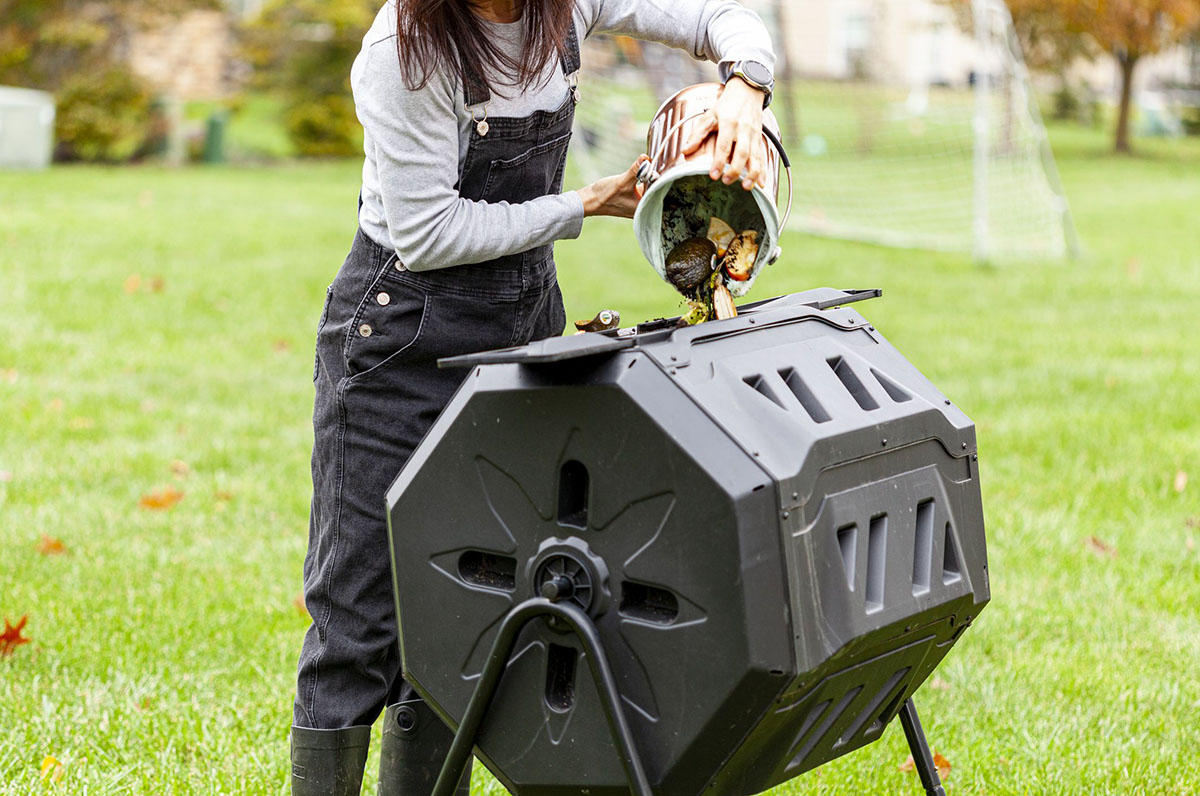

Eco-Friendly Products
How To Manage A Compost Bin
Modified: January 14, 2024
Learn how to effectively manage a compost bin and reduce waste with eco-friendly products. Discover tips for successful composting at home.
(Many of the links in this article redirect to a specific reviewed product. Your purchase of these products through affiliate links helps to generate commission for Storables.com, at no extra cost. Learn more)
**
Introduction
**
Welcome to the wonderful world of composting! Managing a compost bin is an eco-friendly and rewarding endeavor that not only reduces waste but also produces nutrient-rich soil for your garden. Whether you're a seasoned gardener or just starting out, composting is a fantastic way to minimize your environmental impact and create a sustainable cycle of organic matter.
In this comprehensive guide, we'll explore the ins and outs of managing a compost bin, from choosing the right location and selecting the perfect compost bin to troubleshooting common issues and harvesting the finished compost. By the end of this journey, you'll be equipped with the knowledge and confidence to transform kitchen scraps, yard waste, and other organic materials into "black gold" for your garden.
So, roll up your sleeves, put on your gardening gloves, and let's dive into the fascinating world of composting. Whether you have a sprawling backyard or a compact urban balcony, there's a composting solution that's just right for you. Let's get started!
**
Key Takeaways:
- Composting is a rewarding way to reduce waste and create nutrient-rich soil for your garden. By choosing the right location, materials, and managing your compost pile, you can make a positive impact on the environment.
- Harvesting and using compost completes the cycle of organic waste transformation, providing a valuable resource for enriching soil, promoting plant growth, and fostering a more sustainable approach to gardening.
Read more: How To Compost With A Bin
Choosing the Right Location
**
When it comes to setting up a compost bin, location is key. The ideal spot for your composting operation should strike a balance between convenience and functionality. Here are some essential factors to consider when choosing the right location for your compost bin:
Sunlight:
While your compost pile doesn’t need direct sunlight, it’s beneficial to place it in a partially sunny area. This helps maintain the optimal temperature for the decomposition process while preventing the pile from drying out too quickly.
Accessibility:
Ensure that the chosen location is easily accessible from your kitchen or garden. This makes it convenient to deposit kitchen scraps and yard waste without having to trek across the yard each time.
Drainage:
Good drainage is essential to prevent your compost from becoming waterlogged. Avoid low-lying areas that are prone to collecting water, as excess moisture can impede the composting process and lead to unpleasant odors.
Airflow:
Proper airflow is crucial for the decomposition of organic matter. Choose a location with adequate airflow to facilitate the circulation of oxygen, which is essential for the growth of beneficial microorganisms that break down the materials in the compost pile.
Proximity to Neighbors:
If you live in a community with close neighbors, be mindful of the proximity of your compost bin to property lines. While composting is an eco-friendly practice, some neighbors may be sensitive to odors or aesthetics, so it’s best to position the bin away from shared property lines.
By taking these factors into account, you can select an optimal location for your compost bin that promotes efficient decomposition while integrating seamlessly into your living space. With the right location secured, you’re one step closer to harnessing the power of composting for a greener, more sustainable lifestyle.
**
Selecting the Right Compost Bin
**
Choosing the perfect compost bin is an exciting step in your composting journey. With a wide array of options available, finding the right fit for your specific needs and space constraints is essential. Here are some key considerations to keep in mind when selecting the ideal compost bin:
Size and Capacity:
Determine the amount of organic waste you generate and the space available for composting. For smaller households or urban settings, a compact compost bin may be more suitable, while larger families and those with ample outdoor space might opt for a larger capacity bin.
Material:
Compost bins come in various materials, including plastic, wood, and metal. Each material has its own set of advantages, such as durability, insulation, and aesthetic appeal. Consider the climate in your area and the expected lifespan of the bin when choosing the most suitable material.
Aeration and Moisture Control:
Look for a compost bin with adequate ventilation to promote airflow and oxygen circulation, essential for the decomposition process. Additionally, bins with built-in moisture control features help regulate the moisture levels within the compost pile, preventing it from becoming too dry or waterlogged.
Turning and Access:
Some compost bins are designed for easy turning or tumbling, which accelerates the decomposition process by aerating the materials. Consider the accessibility of the bin for adding new materials and harvesting finished compost, as well as the ease of turning or mixing the contents.
Odor Control:
While properly managed compost should not emit foul odors, selecting a bin with effective odor control features can provide peace of mind, especially for those living in close proximity to neighbors. Look for designs that minimize odors and facilitate proper ventilation.
By carefully evaluating these factors, you can choose a compost bin that aligns with your specific requirements and complements your lifestyle. Whether you opt for a traditional stationary bin, a tumbling composter, or a vermicomposting system, the right compost bin will be a valuable asset in your sustainable living journey.
**
Adding the Right Materials
**
Successfully managing a compost pile hinges on the careful selection and layering of the right materials. By incorporating a balanced mix of organic waste, you can create an optimal environment for decomposition and the proliferation of beneficial microorganisms. Here’s a guide to adding the right materials to your compost bin:
Brown Materials:
Also known as carbon-rich materials, "browns" include items such as dry leaves, straw, shredded paper, and cardboard. These materials provide essential carbon for the composting process and help maintain a healthy carbon-to-nitrogen ratio, ensuring proper decomposition.
Green Materials:
Rich in nitrogen, "greens" encompass kitchen scraps, grass clippings, fruit and vegetable peels, coffee grounds, and plant trimmings. These materials supply the necessary nitrogen that fuels the activity of microorganisms responsible for breaking down organic matter.
Avoid:
While a wide range of organic materials can be composted, it’s important to avoid adding meat, dairy, oily foods, and pet waste to your compost bin. These items can attract pests, create unpleasant odors, and introduce pathogens that may hinder the composting process.
Layering:
For optimal decomposition, alternate layers of brown and green materials in your compost bin. This layering technique helps create a balanced environment for microbial activity and ensures that the compost pile has the right blend of carbon and nitrogen.
Moisture:
Keep the compost pile moist, akin to a wrung-out sponge. Adequate moisture is crucial for microbial activity and the breakdown of organic matter. If the pile appears dry, gently water it to maintain the ideal moisture level.
Aeration:
Periodically turning or aerating the compost pile helps introduce oxygen, which is vital for the aerobic decomposition process. This can be done with a pitchfork, compost turning tool, or by using a compost bin designed for easy mixing.
By incorporating the right materials and maintaining a balanced composition, you can foster the decomposition of organic waste into nutrient-rich compost. This essential step sets the stage for a thriving compost pile that will yield valuable soil amendment for your garden and reduce your ecological footprint.
**
Turn the compost regularly to aerate it and speed up the decomposition process. This will help maintain a healthy balance of oxygen and moisture in the bin.
Managing the Compost Pile
**
Effectively managing your compost pile is crucial for achieving optimal decomposition and producing high-quality compost. By implementing proper techniques and regular maintenance, you can foster a thriving environment for beneficial microorganisms and ensure the efficient breakdown of organic materials. Here are key strategies for managing your compost pile:
Turning and Mixing:
Regularly turning or mixing the compost pile helps aerate the materials, facilitating the decomposition process. Aim to turn the pile every one to two weeks to introduce oxygen and distribute moisture and microorganisms evenly. This simple practice accelerates decomposition and prevents the formation of anaerobic pockets.
Monitoring Moisture:
Check the moisture level of the compost pile regularly. It should resemble a damp sponge, with adequate moisture to support microbial activity. If the pile appears dry, lightly water it using a watering can or hose. Conversely, if the pile is overly wet, add dry, carbon-rich materials to help absorb excess moisture.
Temperature:
Monitor the internal temperature of the compost pile, as it provides valuable insights into the decomposition process. A well-managed compost pile will generate heat as microbial activity intensifies. Aim for a temperature range of 110-160°F (43-71°C) to promote efficient decomposition and pathogen destruction.
Adding Amendments:
Occasionally supplement the compost pile with amendments such as garden soil, finished compost, or agricultural lime. These additions introduce beneficial microorganisms and essential minerals, enriching the composting process and enhancing the quality of the finished compost.
Patience and Observation:
Composting is a natural process that requires time and patience. Observe the changes in the compost pile over weeks and months, noting the breakdown of materials and the emergence of a rich, earthy aroma. This gradual transformation signifies the conversion of organic waste into valuable compost for your garden.
By actively managing your compost pile and maintaining optimal conditions, you can harness the full potential of organic waste and create a nutrient-dense soil amendment. This hands-on approach to compost management not only yields environmental benefits but also fosters a deeper connection to the natural cycles of decomposition and renewal.
**
Read more: What Is A Compost Bin
Troubleshooting Common Issues
**
While composting is a rewarding and eco-friendly practice, it’s not uncommon to encounter challenges along the way. Understanding and addressing common issues that may arise during the composting process is essential for maintaining a healthy and productive compost pile. Here’s a guide to troubleshooting common composting problems:
Odors:
If your compost pile emits foul odors, it may indicate an imbalance in the composting materials. To address this issue, add more dry, carbon-rich materials such as leaves or shredded paper to absorb excess moisture and restore the carbon-to-nitrogen ratio. Additionally, ensure proper aeration and avoid adding non-compostable items that can contribute to unpleasant odors.
Pests:
Attracting pests such as flies, rodents, or raccoons can be a concern in some composting systems. To deter pests, avoid adding meat, dairy, or oily foods to the compost pile, as these items can attract unwanted critters. Consider covering the compost pile with a breathable material or using a pest-resistant compost bin to minimize pest activity.
Slow Decomposition:
If the compost pile is decomposing at a sluggish pace, it may be due to insufficient aeration, inadequate moisture, or an imbalanced carbon-to-nitrogen ratio. Increase aeration by turning the pile more frequently, adjust moisture levels as needed, and ensure that the compost contains a balanced mix of brown and green materials to promote efficient decomposition.
Weed Seeds and Pathogens:
While the heat generated during the composting process helps destroy weed seeds and pathogens, certain composting methods may not reach the necessary temperatures to eliminate them entirely. To mitigate this issue, consider using a hot composting method or a compost bin with a secure lid to contain potential weed seeds and pathogens.
Unpleasant Appearance:
If your compost pile appears unattractive or unkempt, consider covering it with a layer of dry leaves, straw, or a breathable compost cover. This not only enhances the aesthetics of the compost pile but also helps regulate moisture levels and promote a healthy decomposition environment.
By recognizing and addressing these common issues, you can overcome challenges and maintain a successful composting operation. With a proactive approach to troubleshooting, you’ll be well-equipped to nurture a thriving compost pile that yields nutrient-rich compost for your gardening endeavors.
**
Harvesting and Using Compost
**
As your compost pile undergoes the transformative process of decomposition, the time will come to harvest the finished compost and reap the rewards of your sustainable efforts. Harvesting and using compost is a gratifying culmination of the composting journey, offering a valuable soil amendment for your garden and landscape. Here’s a guide to the harvesting and utilization of compost:
Signs of Readiness:
Before harvesting the compost, assess its readiness by observing key indicators. Finished compost should have a dark, crumbly texture, a pleasant earthy aroma, and a uniform appearance, with no recognizable traces of the original materials. These signs signal that the compost is fully decomposed and ready for use.
Harvesting Techniques:
There are several methods for harvesting compost, depending on the type of composting system you have. For stationary bins or piles, you can remove finished compost from the bottom of the pile, gradually working your way up as you use the compost. Tumbling composters feature a convenient tumbling mechanism that facilitates the extraction of finished compost without disturbing the ongoing decomposition process.
Utilization in the Garden:
Once harvested, compost can be used in various ways to enrich the soil and promote plant growth. Incorporate compost into garden beds, vegetable patches, and container gardens to improve soil structure, enhance moisture retention, and supply essential nutrients to plants. Top-dress existing plantings with a layer of compost to nourish the soil and encourage healthy root development.
Compost Tea:
Compost tea, a liquid extract of compost, can be created by steeping finished compost in water. This nutrient-rich solution serves as a natural fertilizer and soil conditioner, providing a boost of beneficial microorganisms and organic matter to support plant health. Use compost tea to water plants or as a foliar spray for enhanced vitality.
Soil Amendment:
Blend compost into potting mixes, seed starting media, and transplanting soil to enhance their nutrient content and improve overall soil quality. The addition of compost promotes robust plant growth and reduces the reliance on synthetic fertilizers, fostering a more sustainable approach to gardening.
By harvesting and utilizing compost, you complete the cycle of organic waste transformation, turning kitchen scraps, yard trimmings, and other materials into a valuable resource for cultivating healthy, vibrant gardens. Embrace the versatility of compost as a natural soil amendment and witness the profound impact it has on the vitality and sustainability of your gardening endeavors.
**
Conclusion
**
Congratulations on embarking on the enriching journey of composting! By delving into the intricacies of managing a compost bin, you’ve taken a significant step toward reducing waste, enriching the soil, and embracing a more sustainable lifestyle. As you reflect on the insights gained in this guide, it’s evident that composting is not merely a practice but a profound commitment to environmental stewardship and the preservation of natural resources.
From choosing the optimal location for your compost bin to selecting the right materials and actively managing the compost pile, you’ve acquired the knowledge and skills to nurture a thriving composting system. By troubleshooting common issues and harvesting the finished compost, you’ve demonstrated a dedication to the principles of sustainability and ecological harmony.
As you integrate compost into your gardening endeavors, whether through enriching the soil, creating compost tea, or enhancing potting mixes, you’re perpetuating a cycle of renewal and vitality. The impact of your composting efforts extends beyond your garden, contributing to the broader movement toward environmental consciousness and responsible waste management.
Remember that composting is a journey of continuous learning and adaptation. Embrace the nuances of composting, experiment with different techniques, and share your knowledge with others to foster a community of environmentally conscious individuals dedicated to sustainable living.
As you witness the transformation of organic waste into nutrient-rich compost and observe the flourishing growth of your plants, take pride in the role you play as a steward of the Earth. Your commitment to composting is a testament to the positive change that individuals can effect in creating a healthier, more sustainable world for future generations.
So, as you tend to your compost bin, nurturing the organic materials within, remember that you are not just managing a pile of waste – you are cultivating a legacy of environmental responsibility, resilience, and renewal. Your dedication to composting is a testament to the power of small actions in effecting meaningful change. Keep composting, keep growing, and continue sowing the seeds of sustainability for a brighter, greener future.
Frequently Asked Questions about How To Manage A Compost Bin
Was this page helpful?
At Storables.com, we guarantee accurate and reliable information. Our content, validated by Expert Board Contributors, is crafted following stringent Editorial Policies. We're committed to providing you with well-researched, expert-backed insights for all your informational needs.
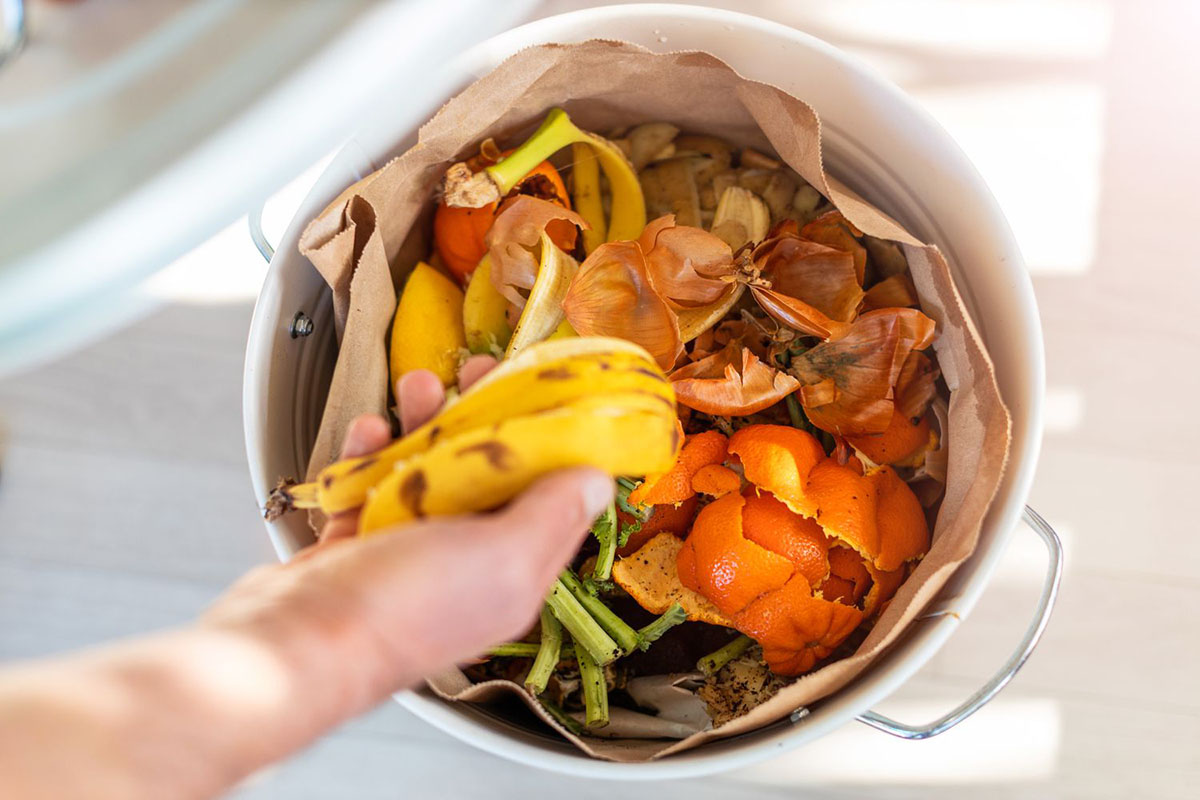
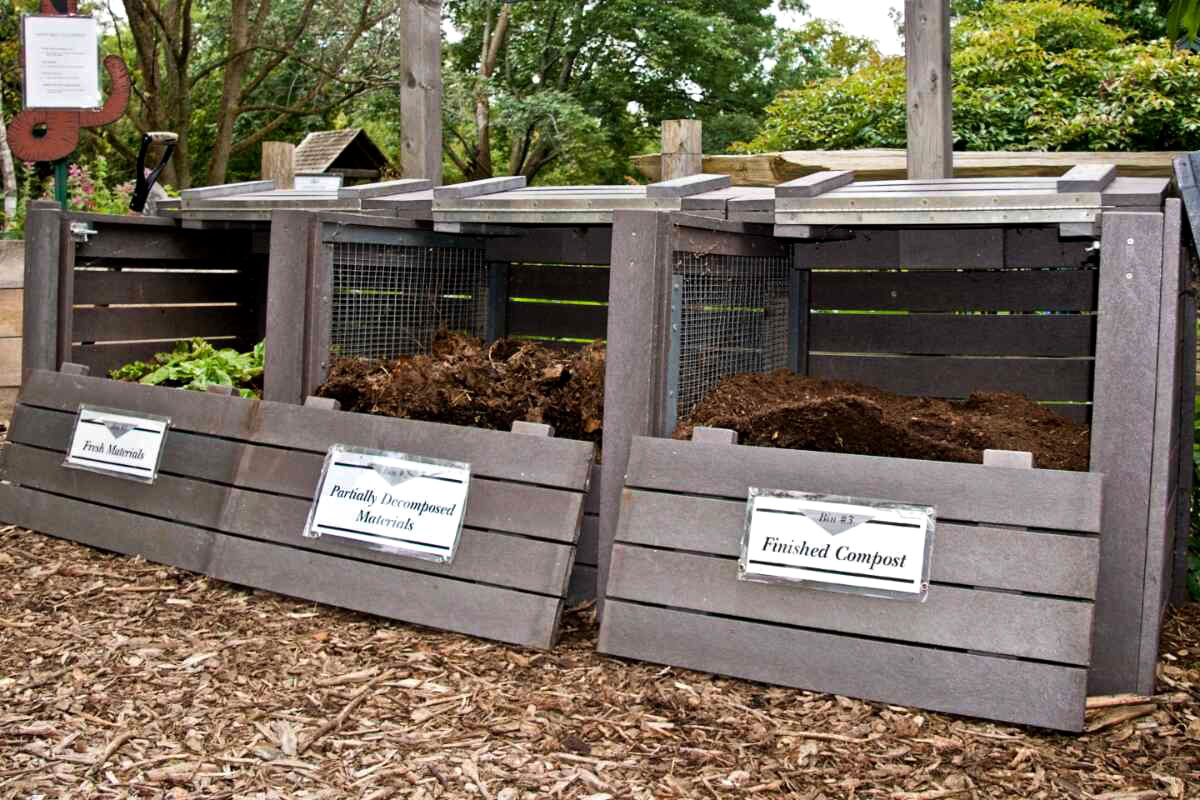
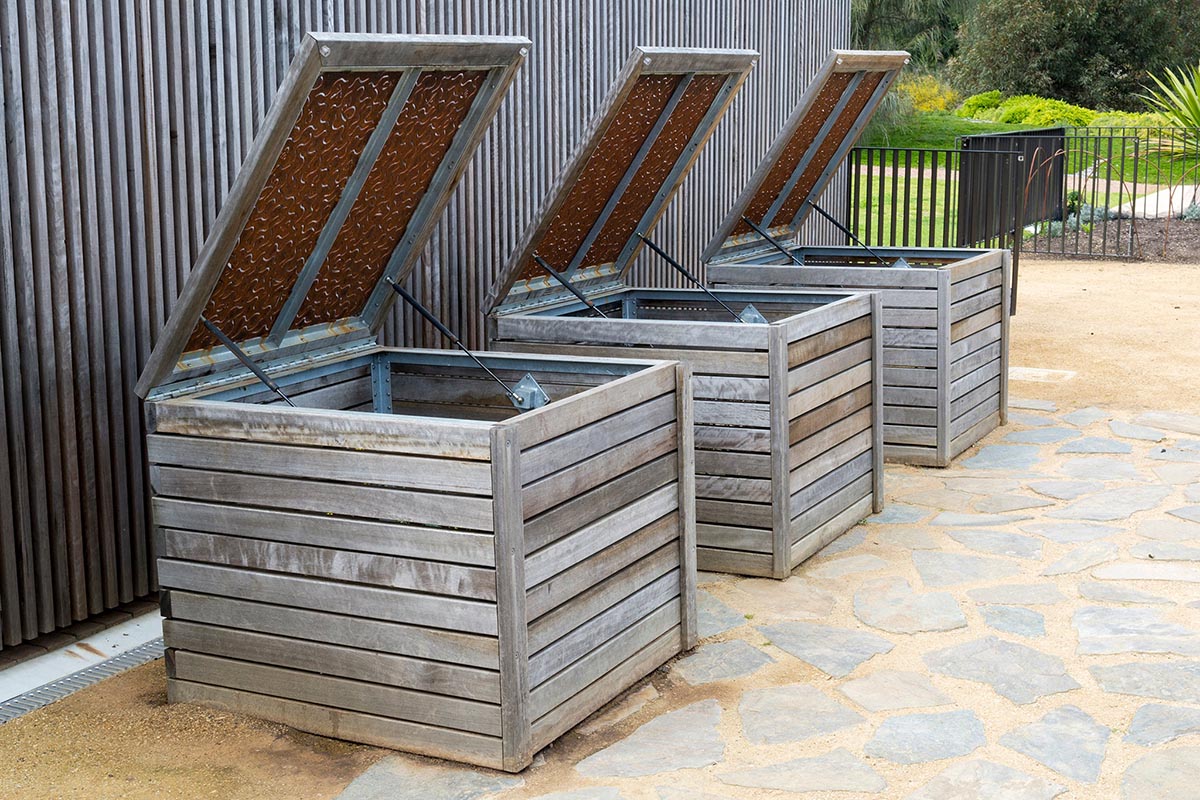
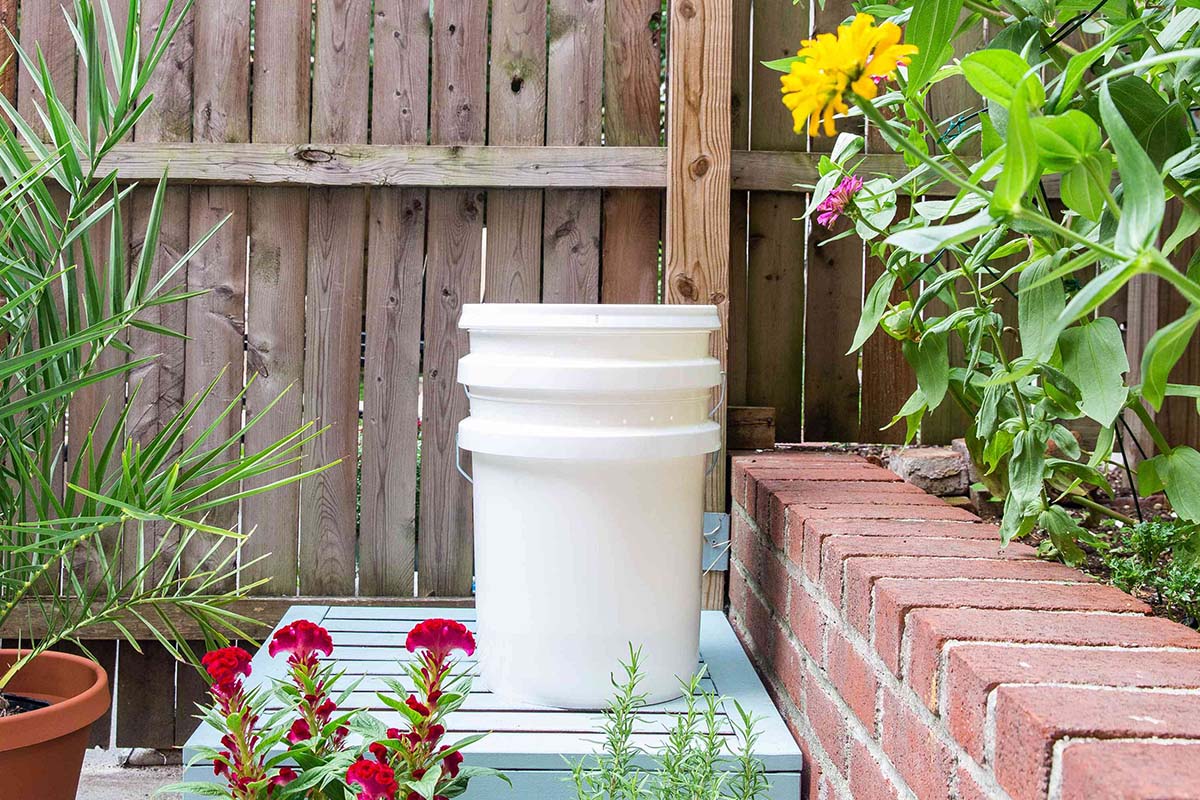
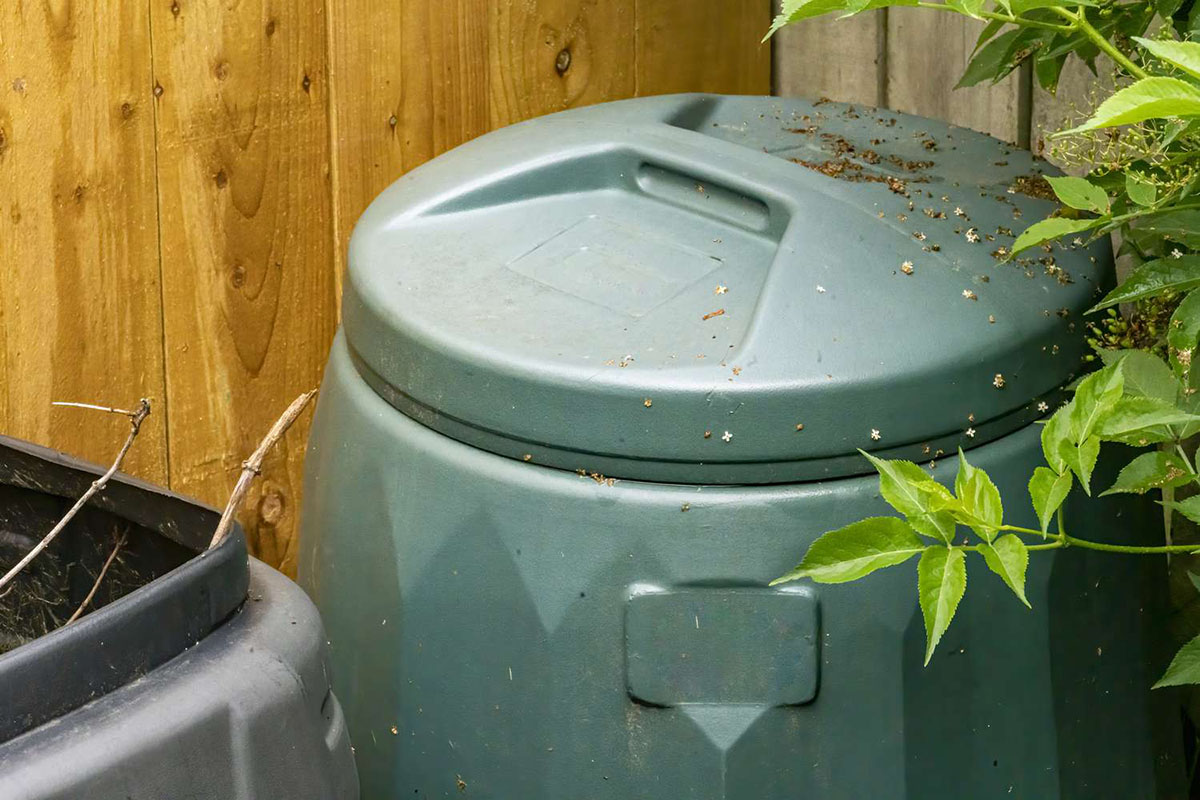
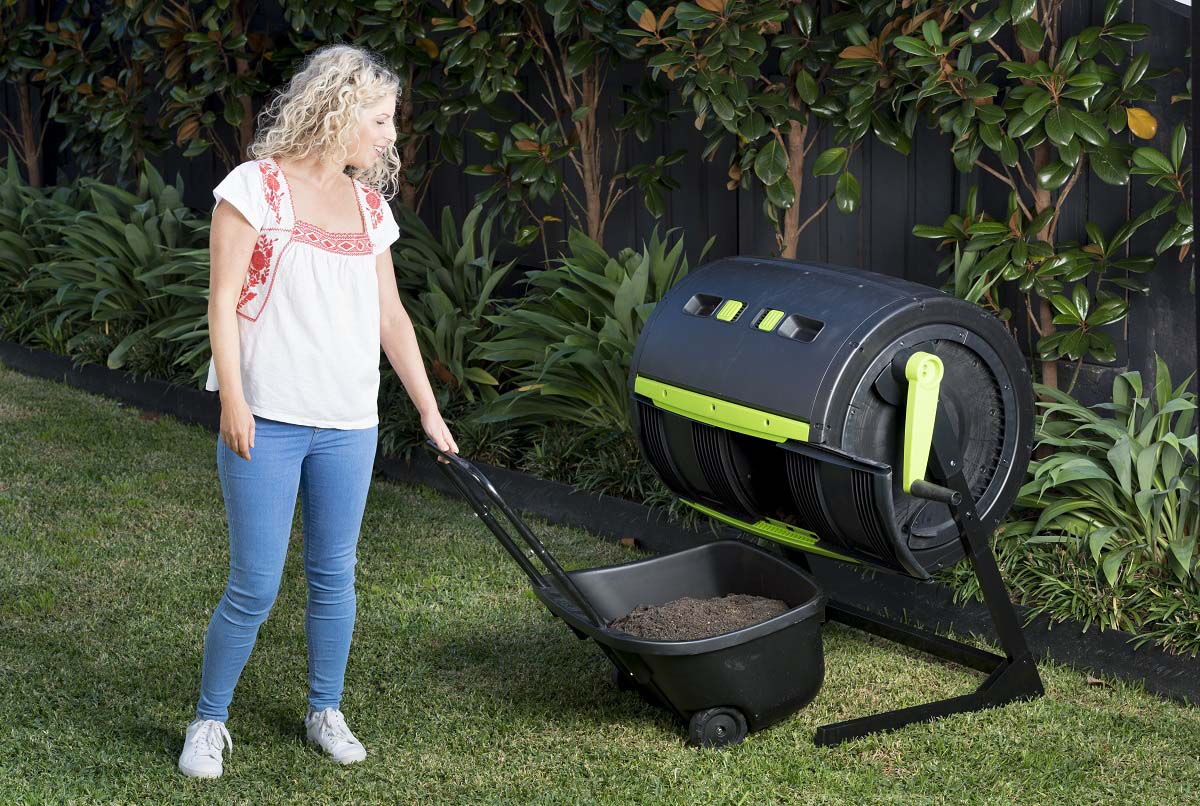
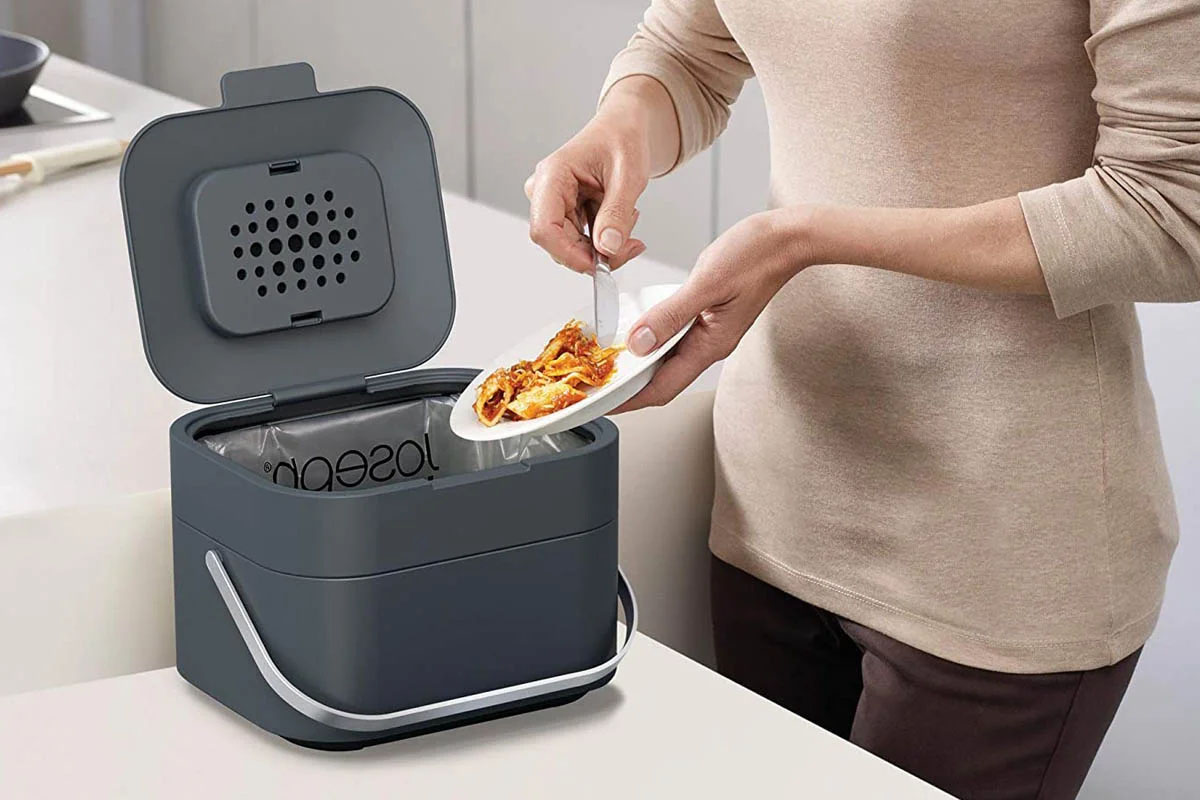
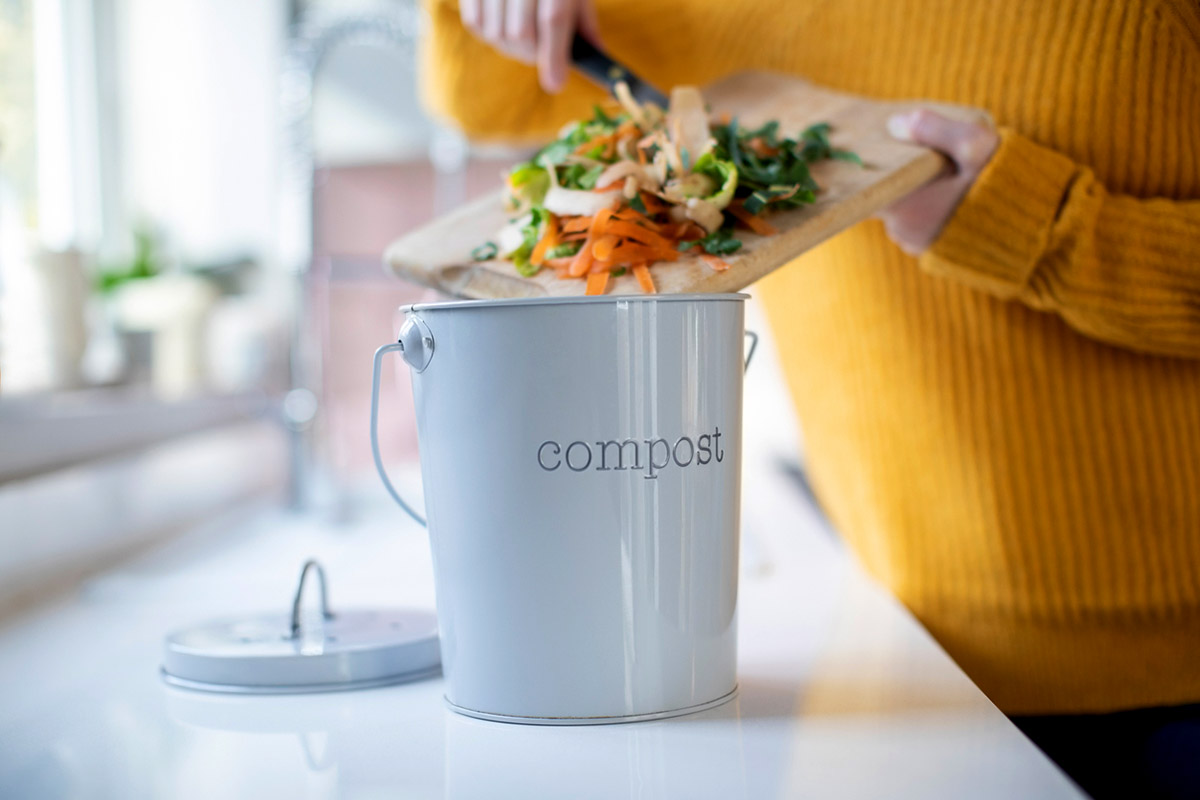
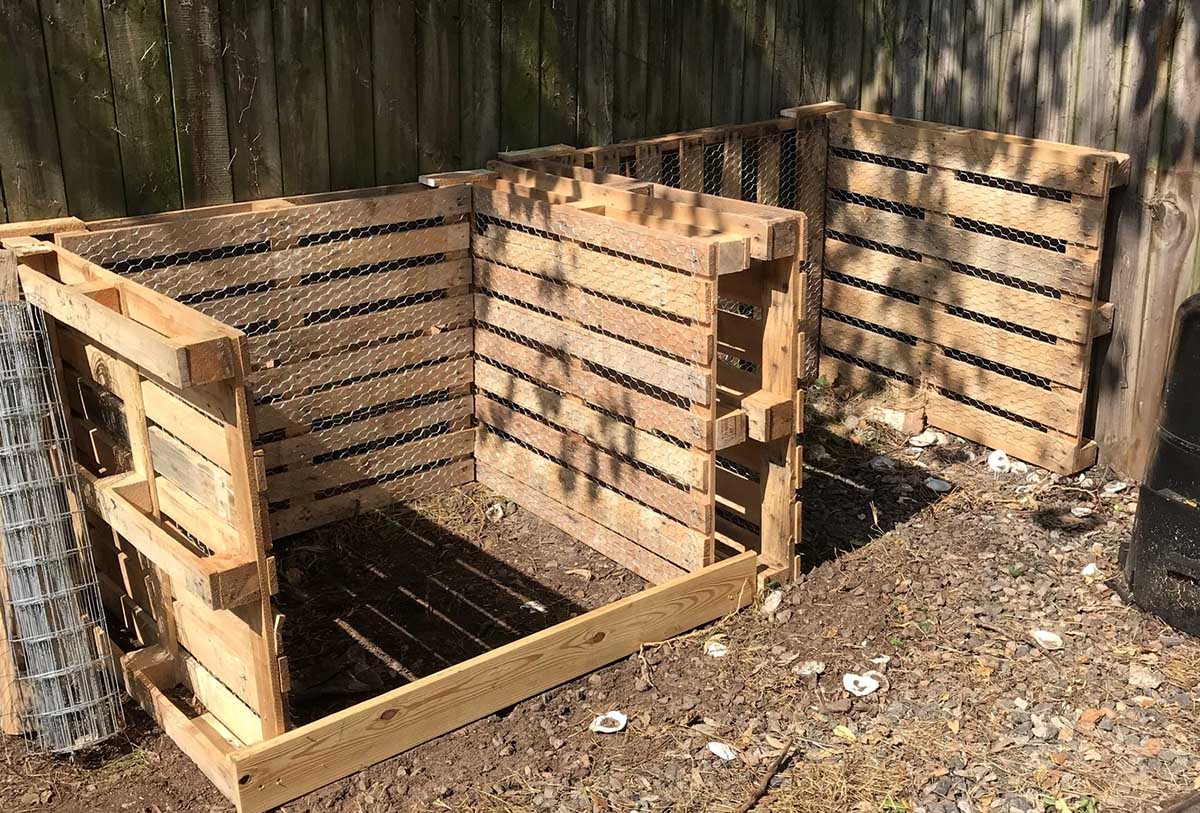
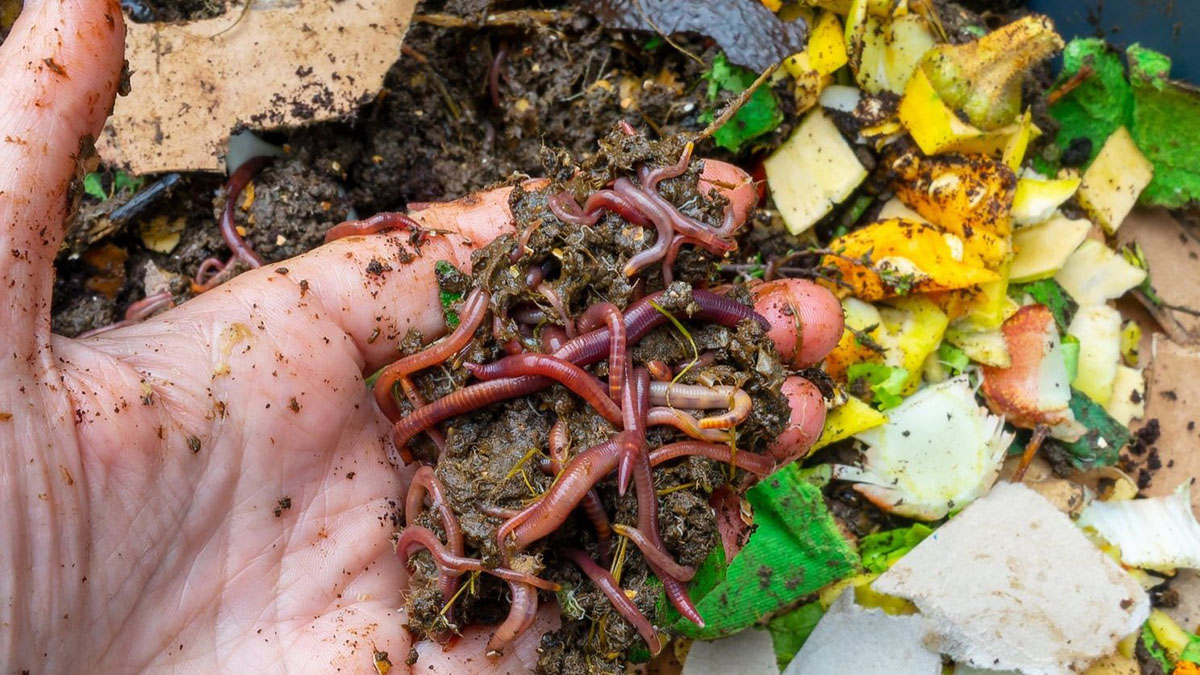
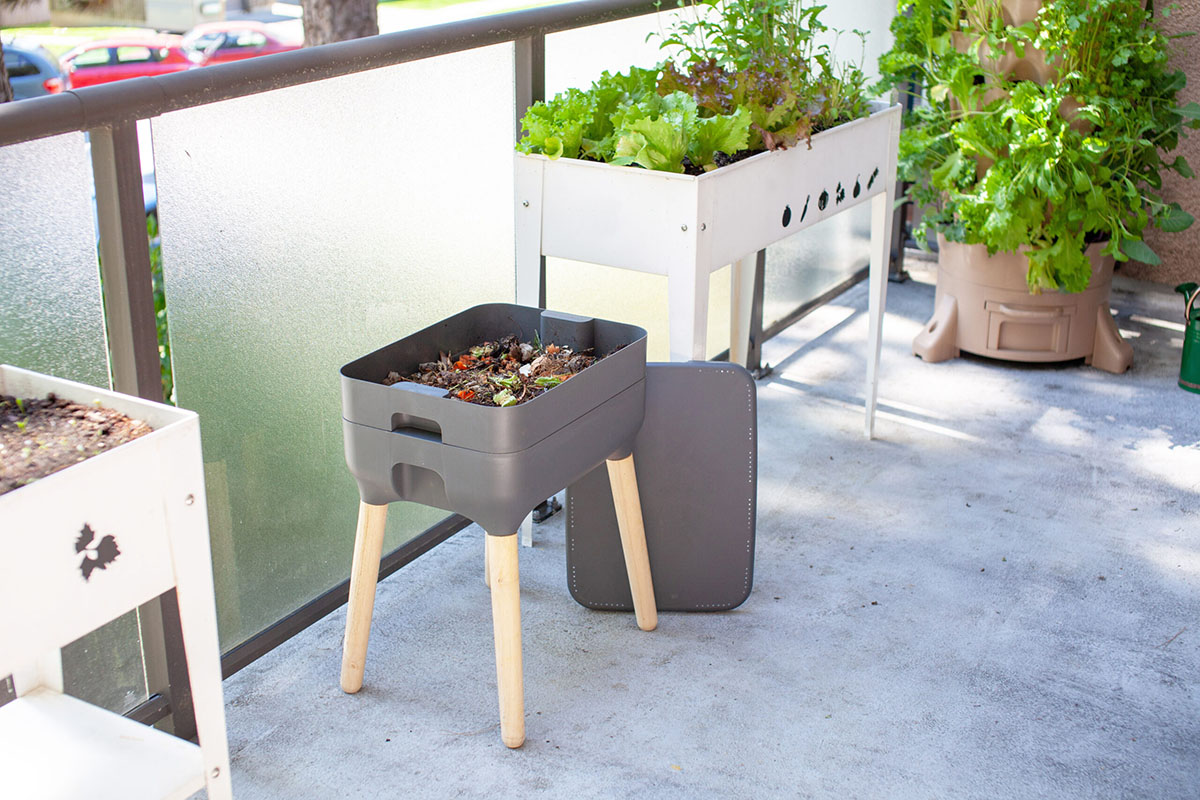
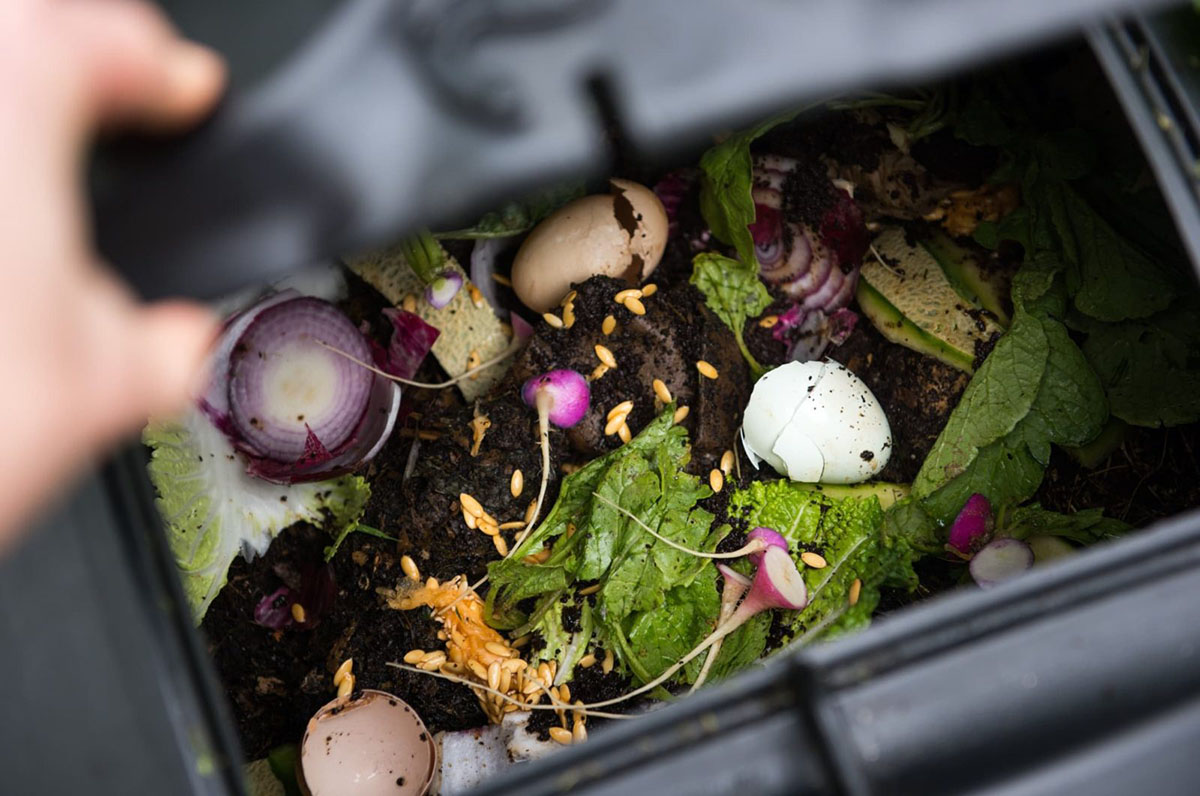
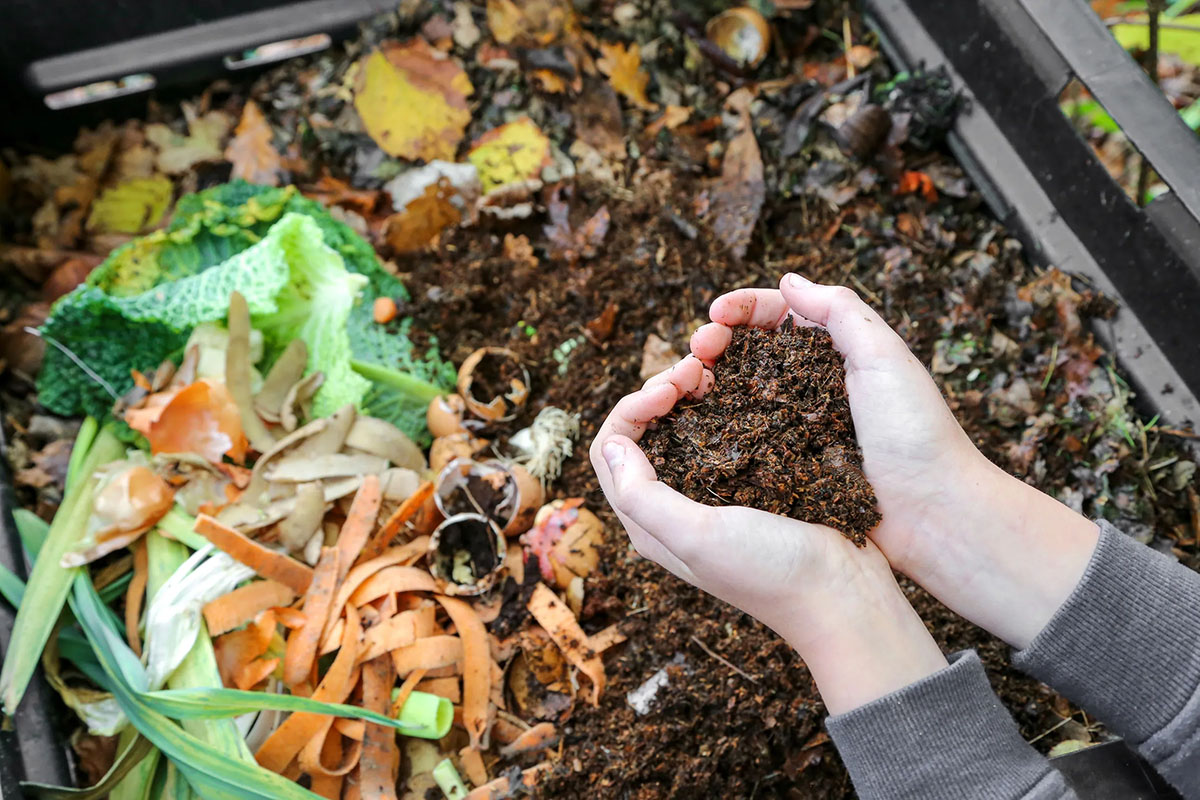
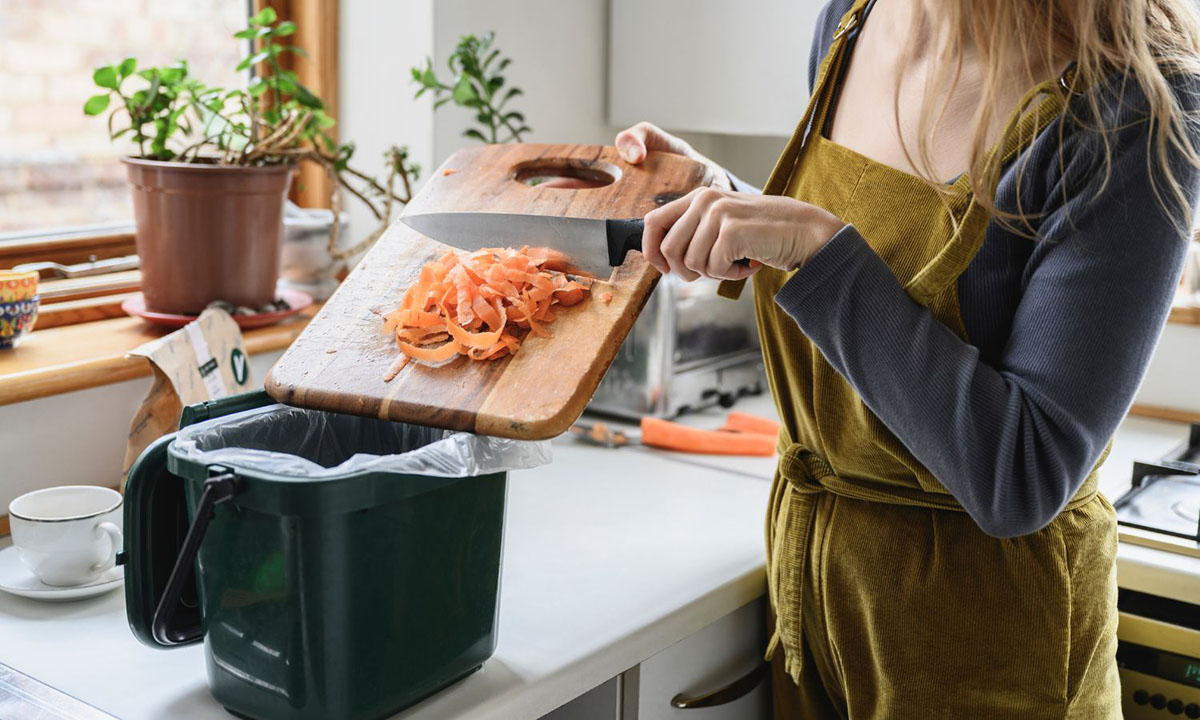

0 thoughts on “How To Manage A Compost Bin”